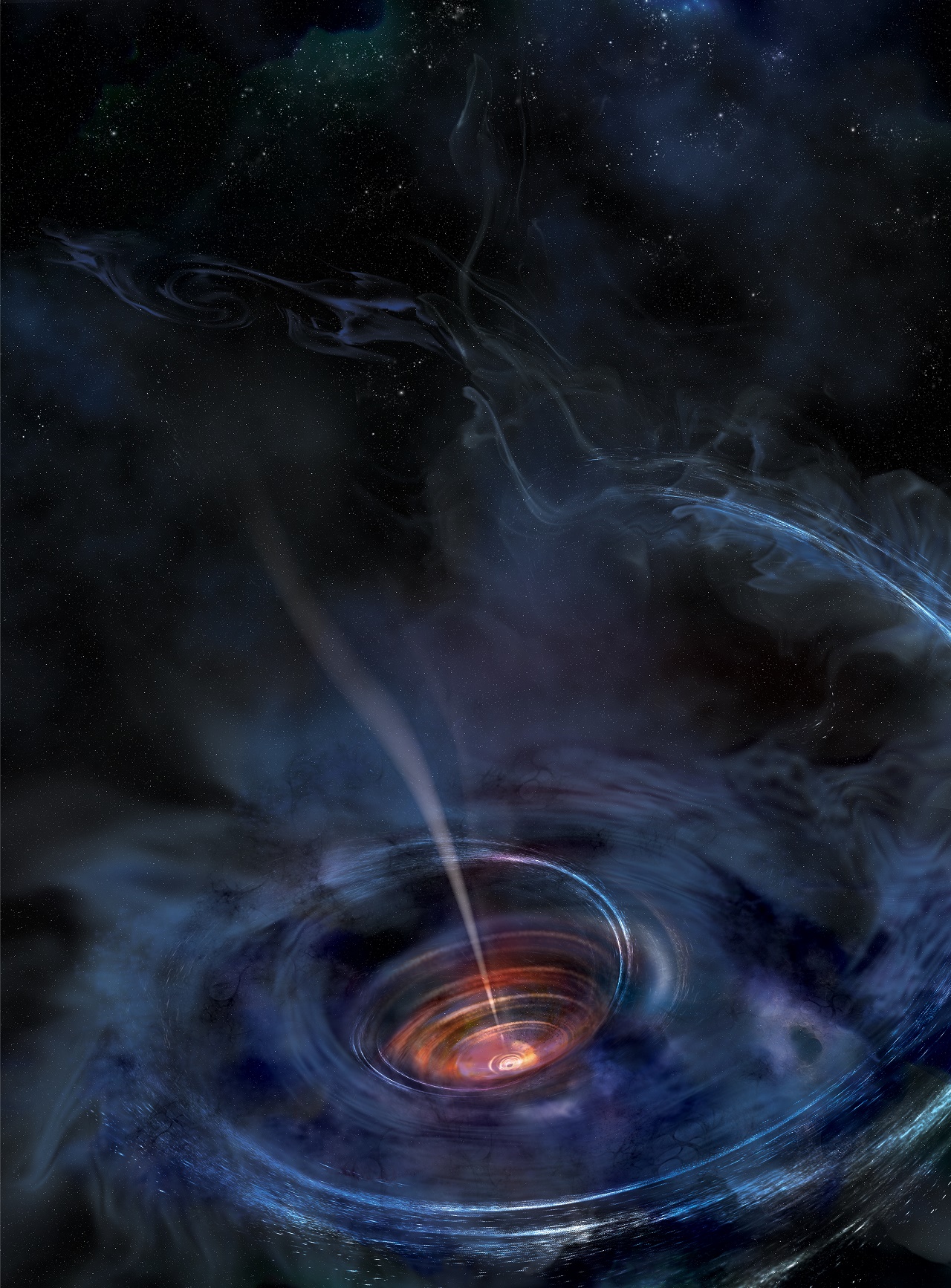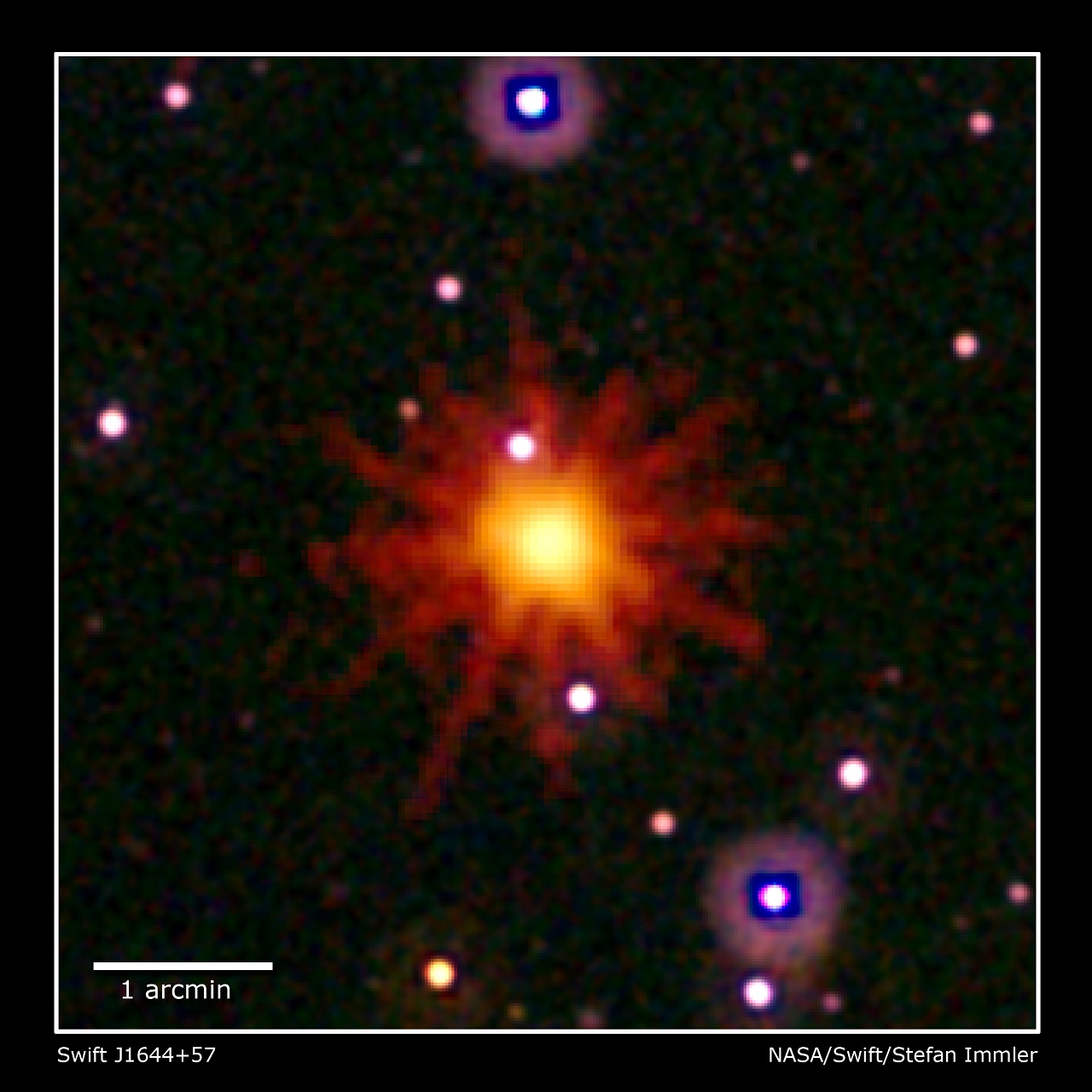
Astronomers have for the first time been able to create a detailed picture of what happens when a supermassive black hole devours a star.
The vast majority of the very largest black holes appears to be dormant and not active in a constant devouring of various celestial bodies. But if a star happens to come to close – the black hole will awaken and suck it up into complete darkness. With only some stardust as proof of that the star ever having existed.
X-Rays
Astronomers have now discovered high-energy X-rays from an incident like this, when a supermassive black hole, a mass billions of times greater than our sun – eat a star.
Named a “tidal disruption event”, it is the astronomical phenomenon that occurs when a star gets too close to a supermassive black hole’s event horizon and is pulled apart by the black hole’s tidal forces, experiencing spaghettification.
With the help of the detected radiation, the researchers have now been able to learn more about a specific tidal disruption event and how similar such events takes place.
“Most tidal disruption events don’t emit much in the high-energy X-ray band. But there have been at least three known events that have, and this is the first and only such event that has been caught at its peak,” said Erin Kara, a Hubble Postdoctoral Fellow in astronomy at UMD and the Joint Space-Science Institute and lead author on the study.
The astronomers from the University of Maryland and the University of Michigan are the first to ever analyze the X-rays emitted from a once-dormant black hole. A black hole with an enormous star cloud circling it remains of a swallowed star following a tidal disruption event.
Swift Gamma-Ray Burst Mission

Using these data, the researchers were able to assess the shape and activity of this disk surrounding this particular black hole named Swift J1644+57. And one surprise was that high-energy X-rays arise from the inner part of the disk. Astronomers had thought most of this emission originated from a narrow jet of particles accelerated to near the speed of light.
“Understanding black holes is important. They have played an important role in how galaxies evolved. So even if they’re dormant now, they weren’t before,” said Chris Reynolds, a professor of astronomy at UMD and a Fellow at the Joint Space-Science Institute who is a co-author on the study. “If we only look at active black holes, we might be getting a strongly biased sample. It could be that these black holes all fit within some narrow range of spins and masses. So it’s important to study the entire population to make sure we’re not biased.”
Click here to watch a NASA video of how the tidal pull of a monster black hole shredded a star that wandered too close. And how the X-rays produced in this event first reached Earth on March 28, 2011, when they were detected by NASA’s Swift satellite.
_______________
Kara E. et. Eel. “Relativistic reverberation in the accretion flow of a tidal disruption event“, Nature 2016, DOI: 10.1038 / nature18007
______________________________






















